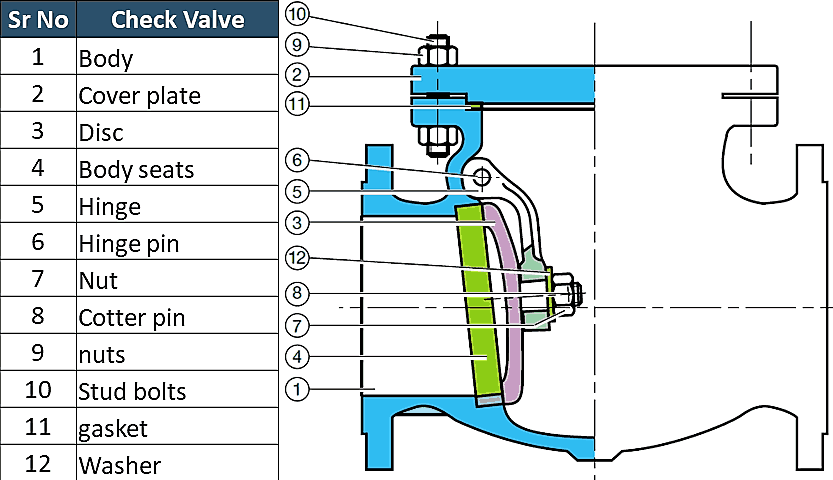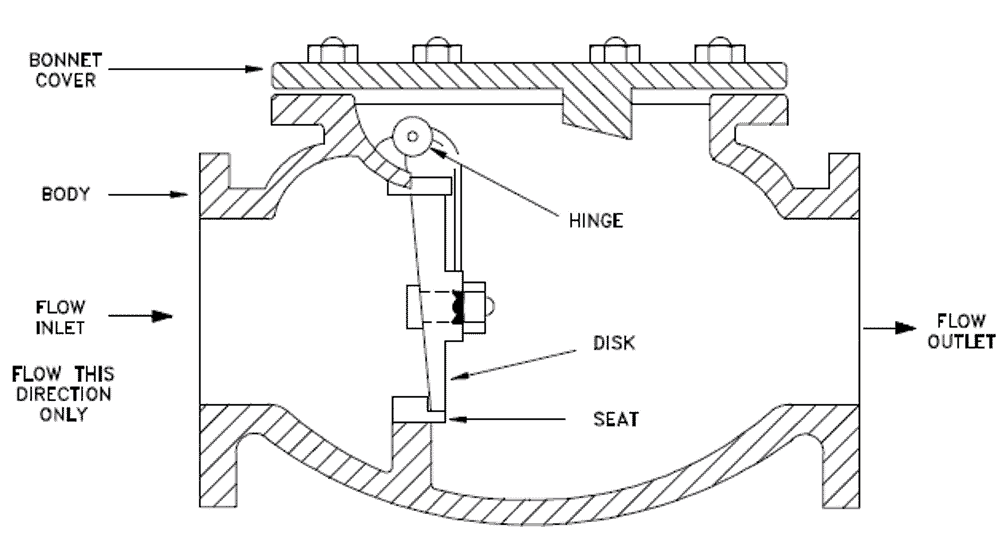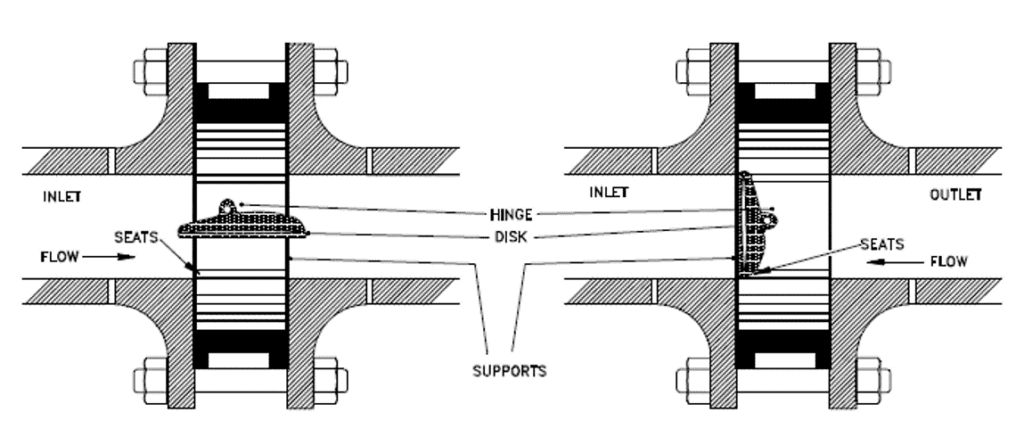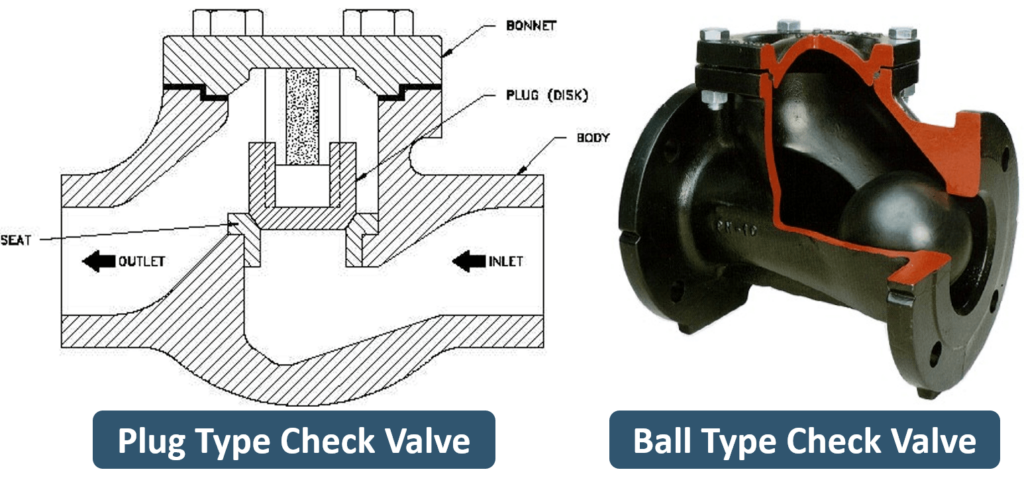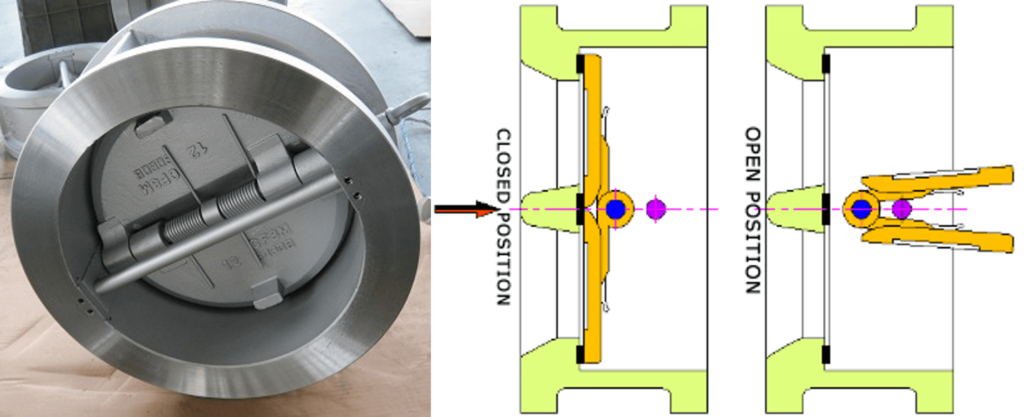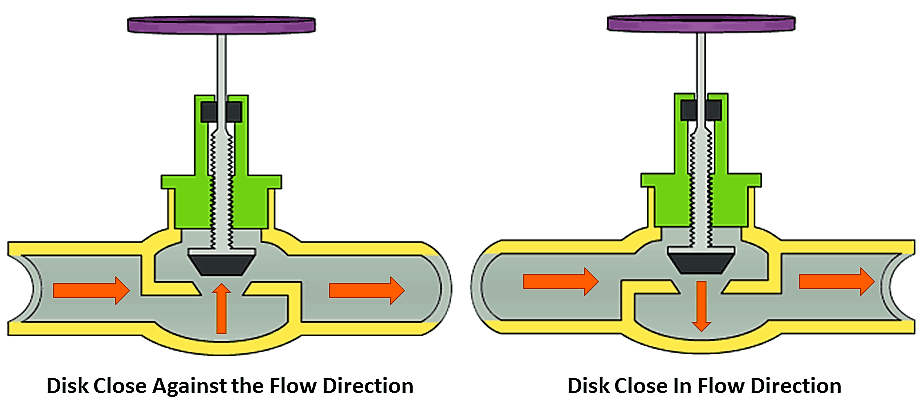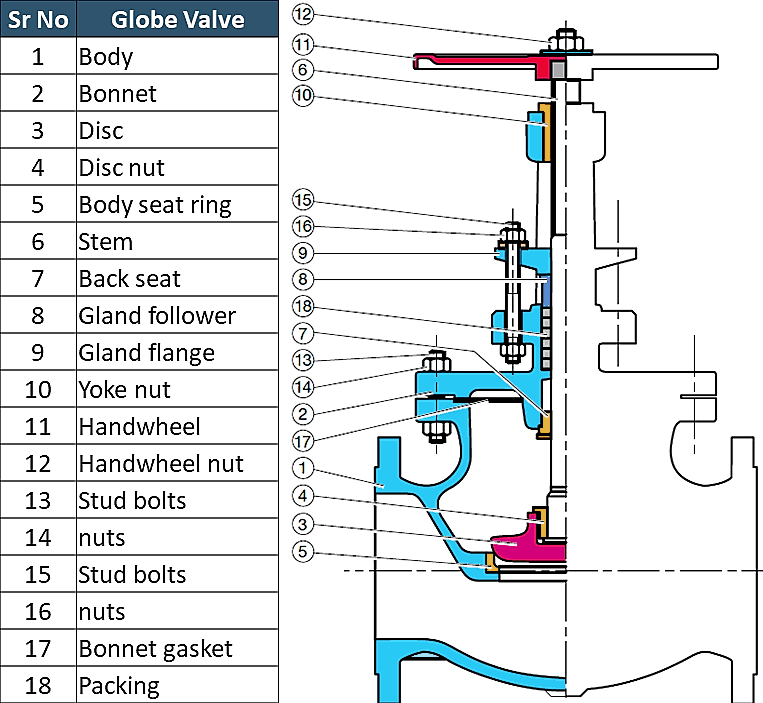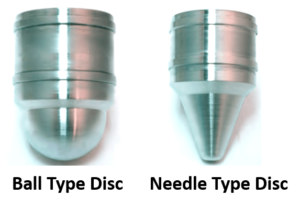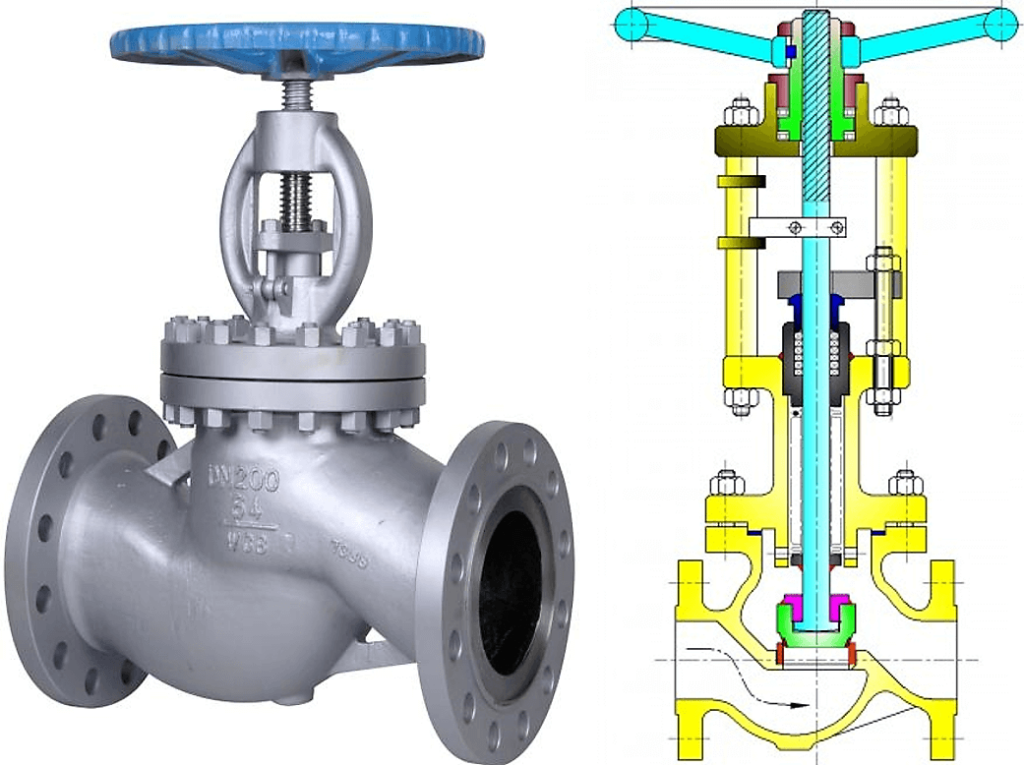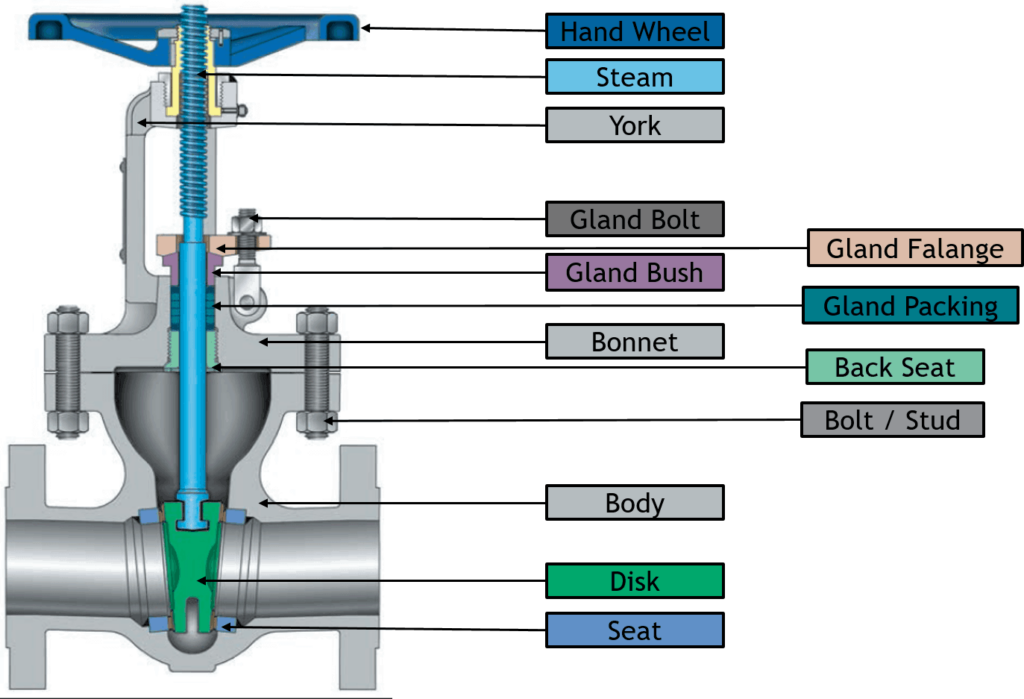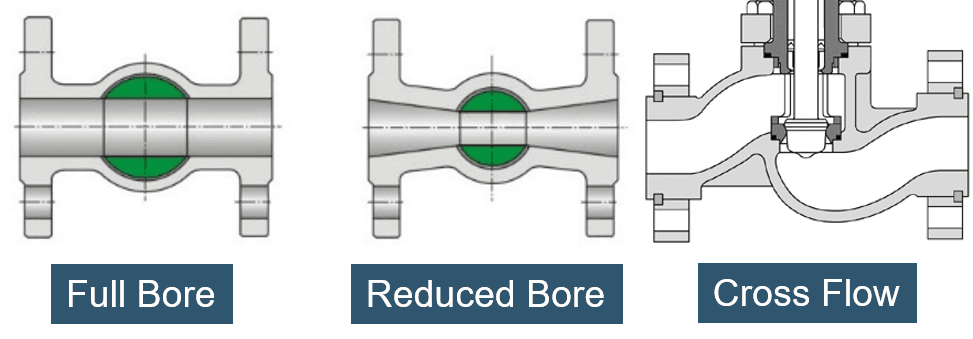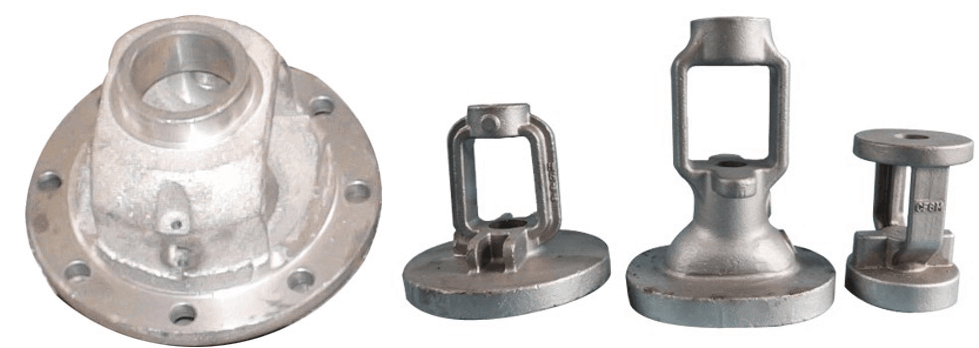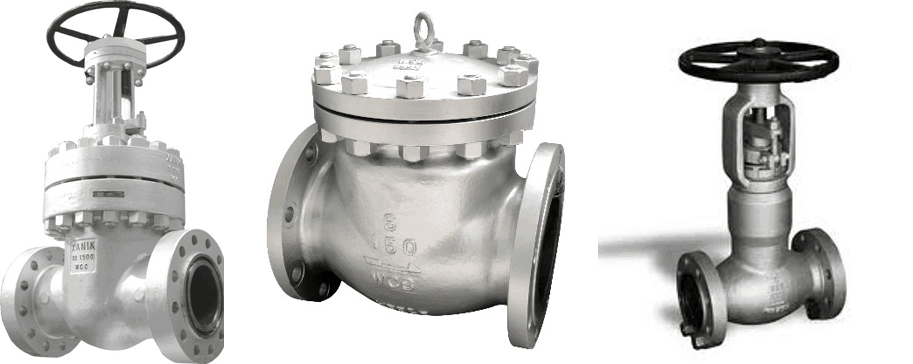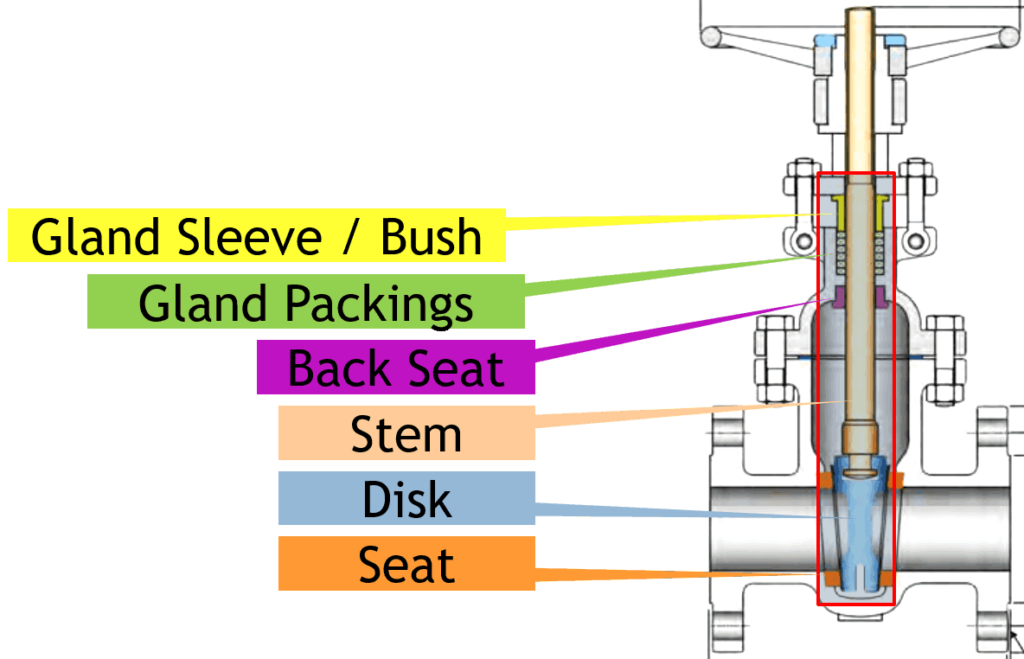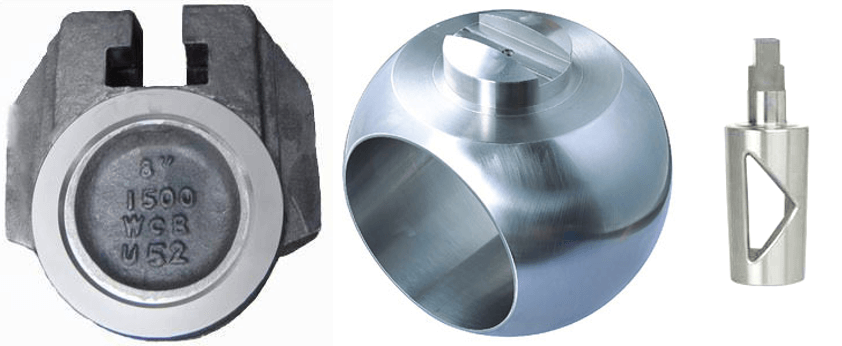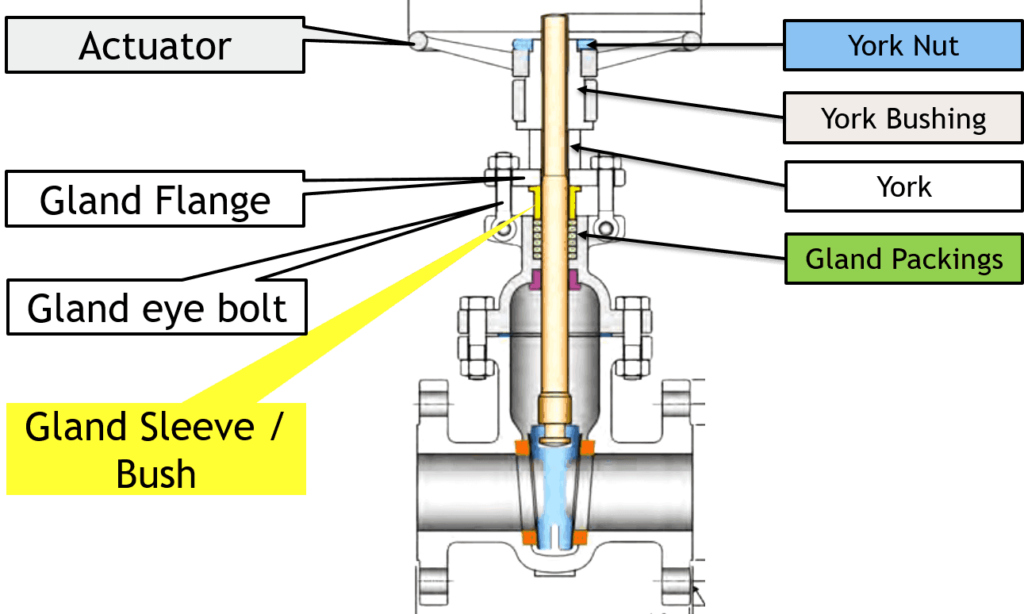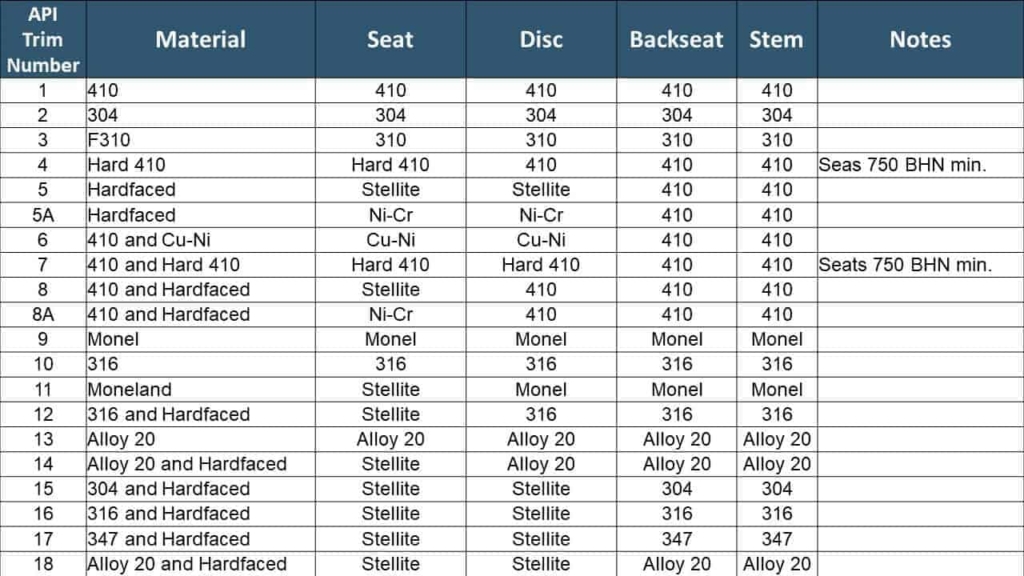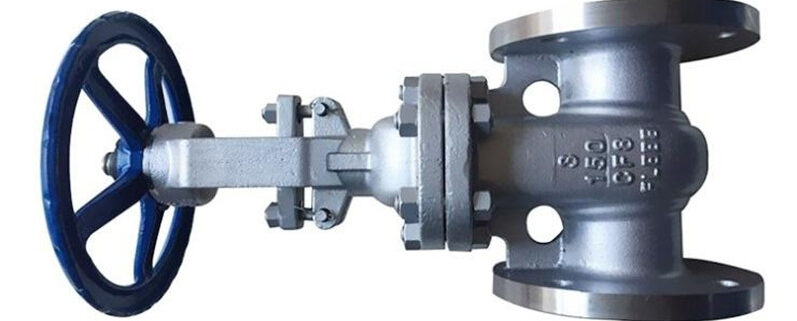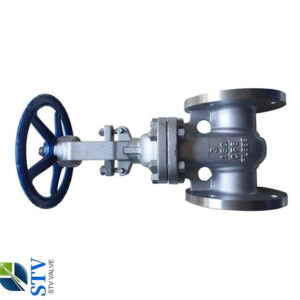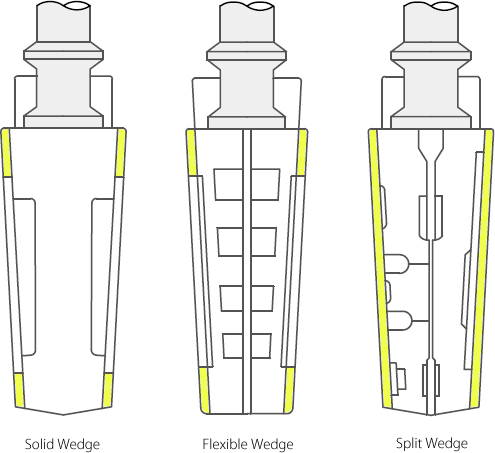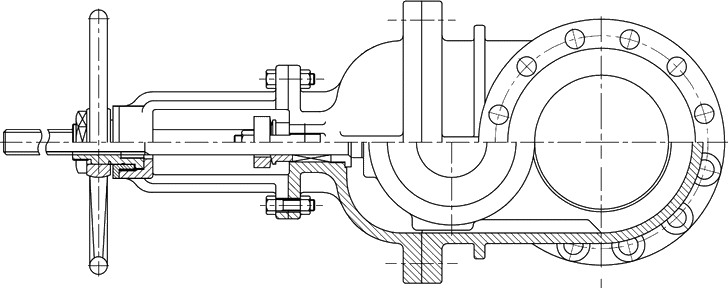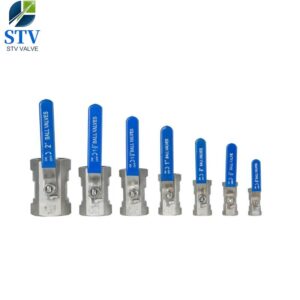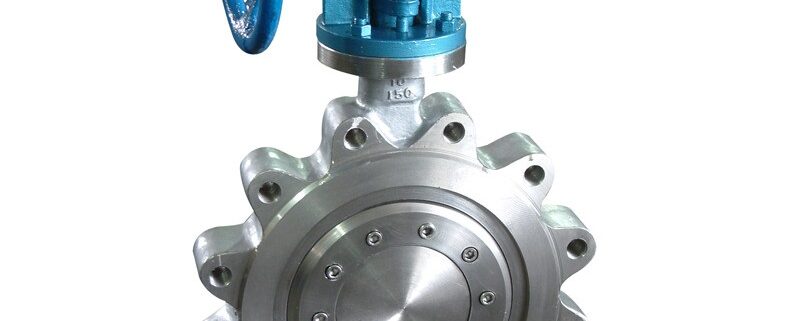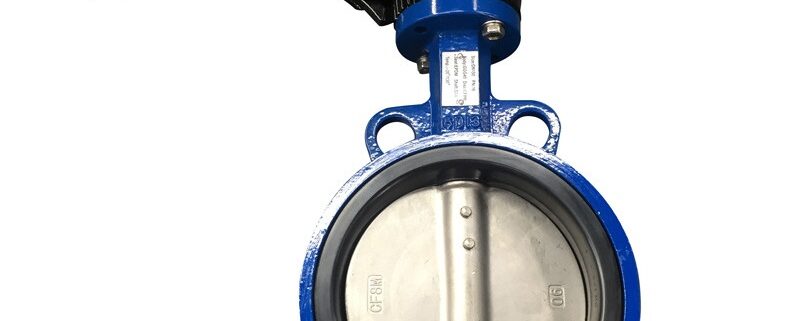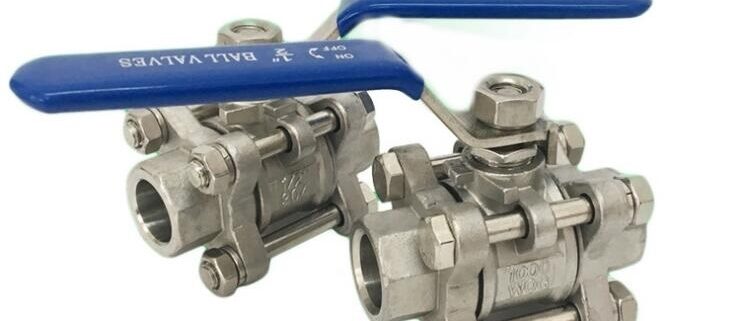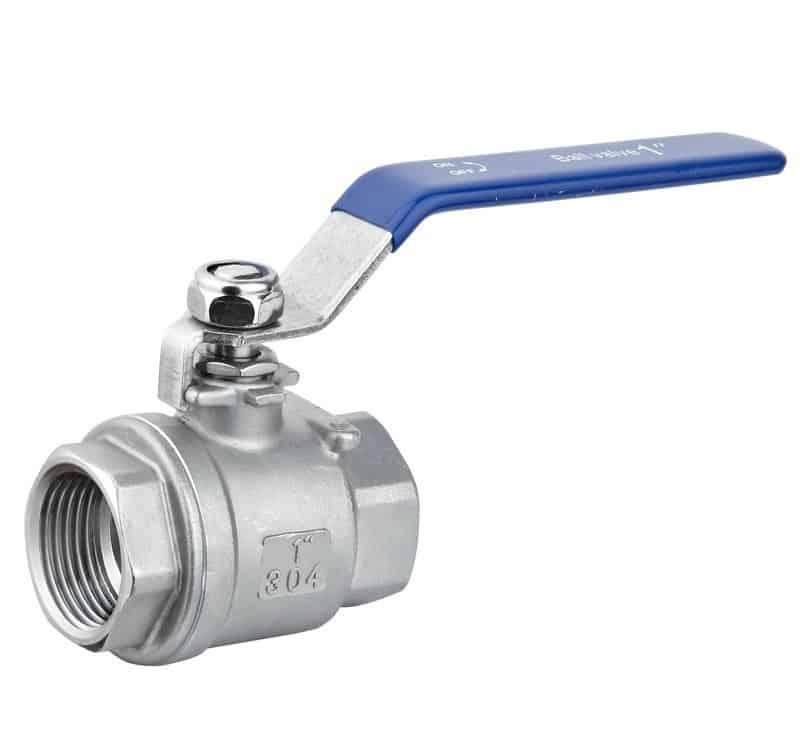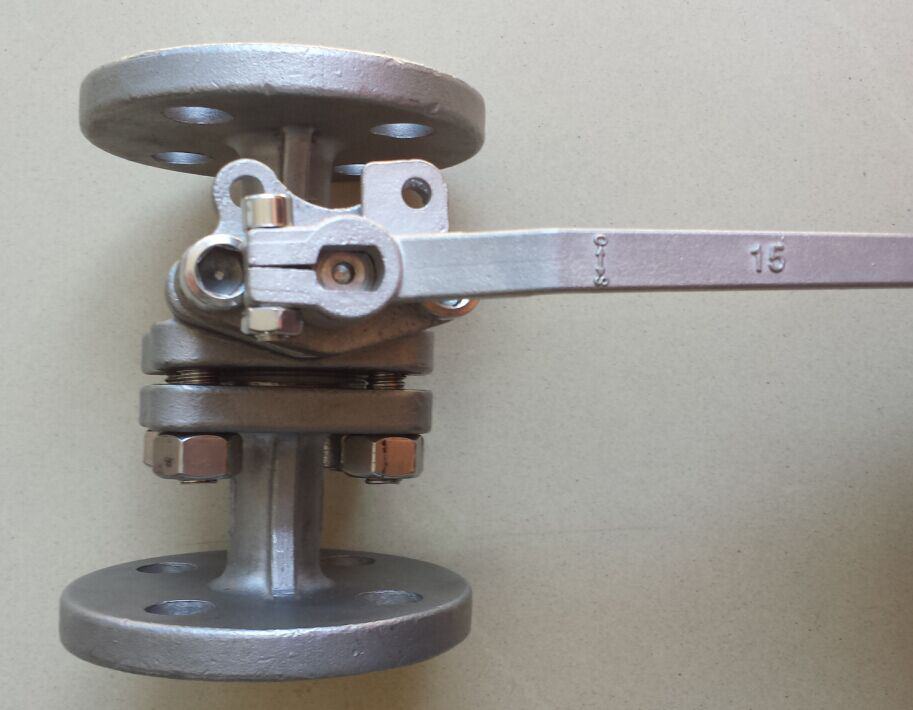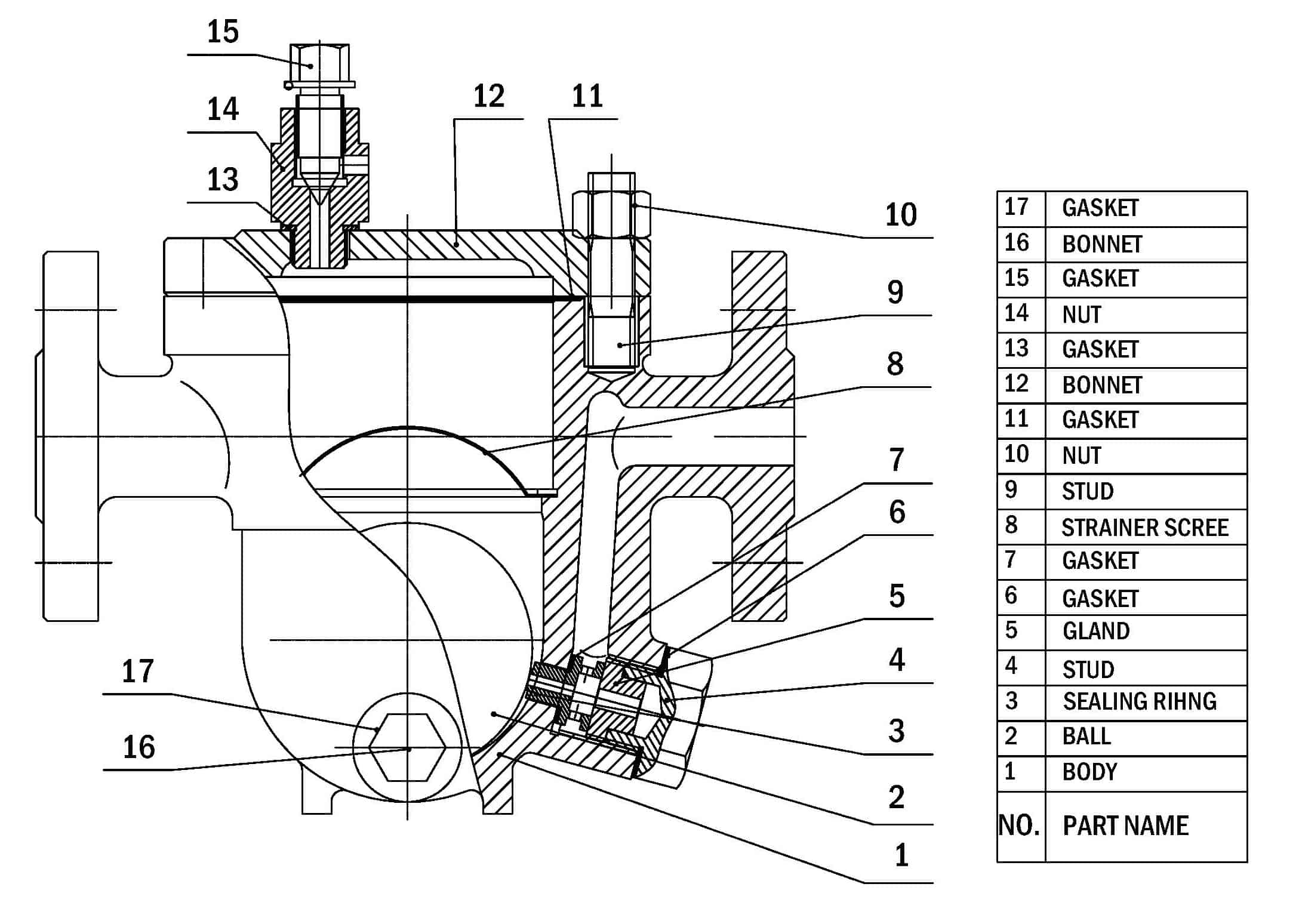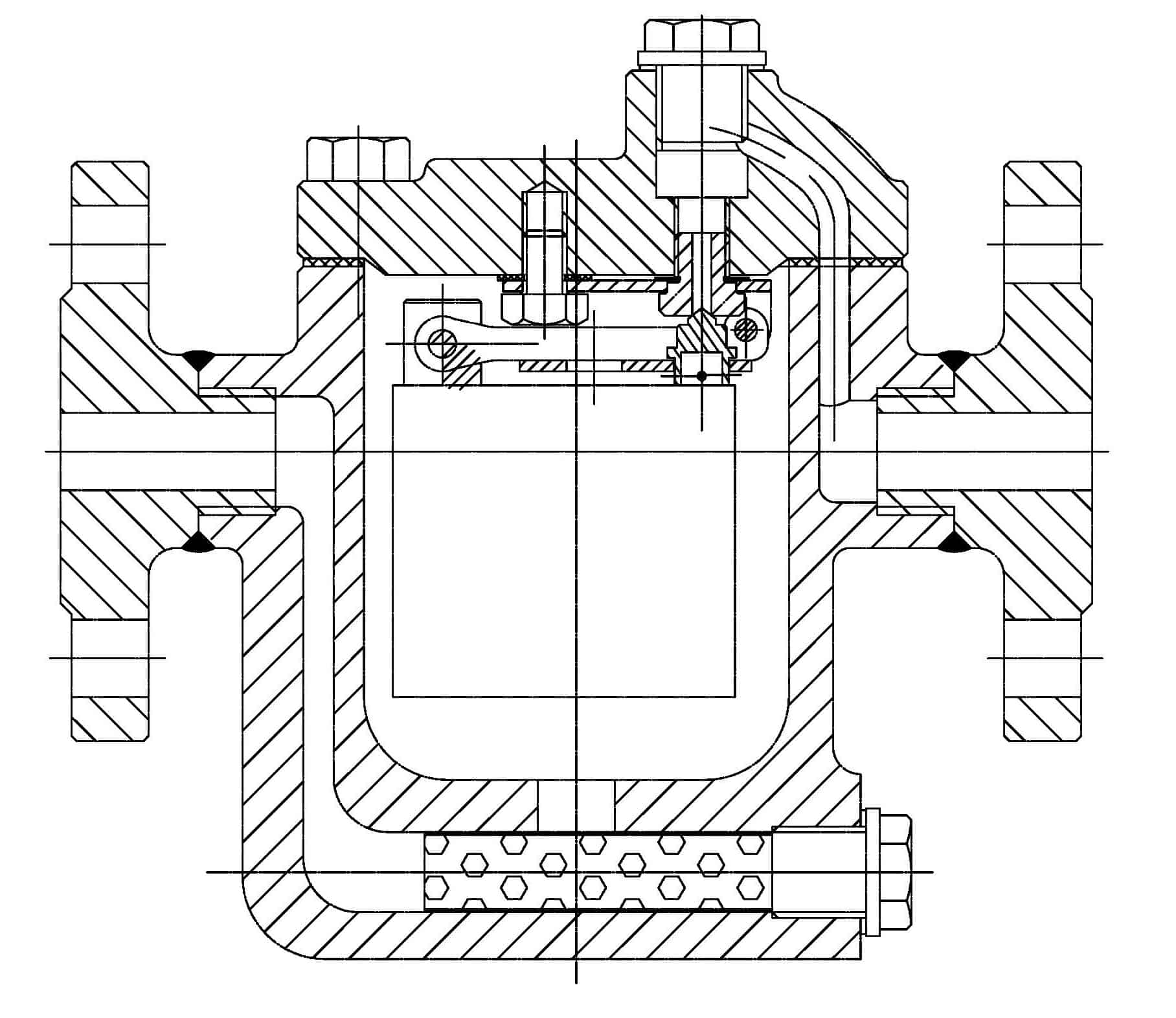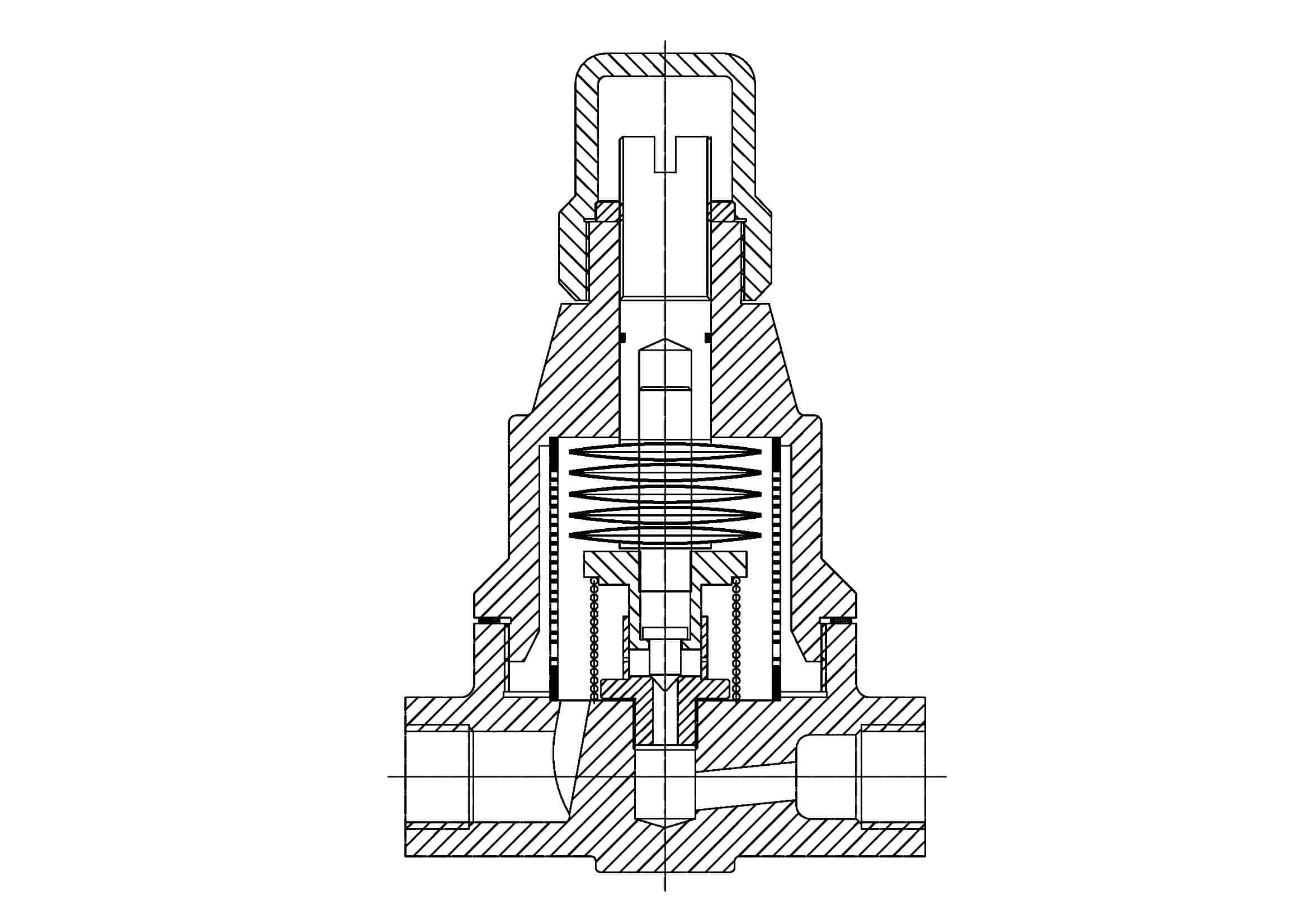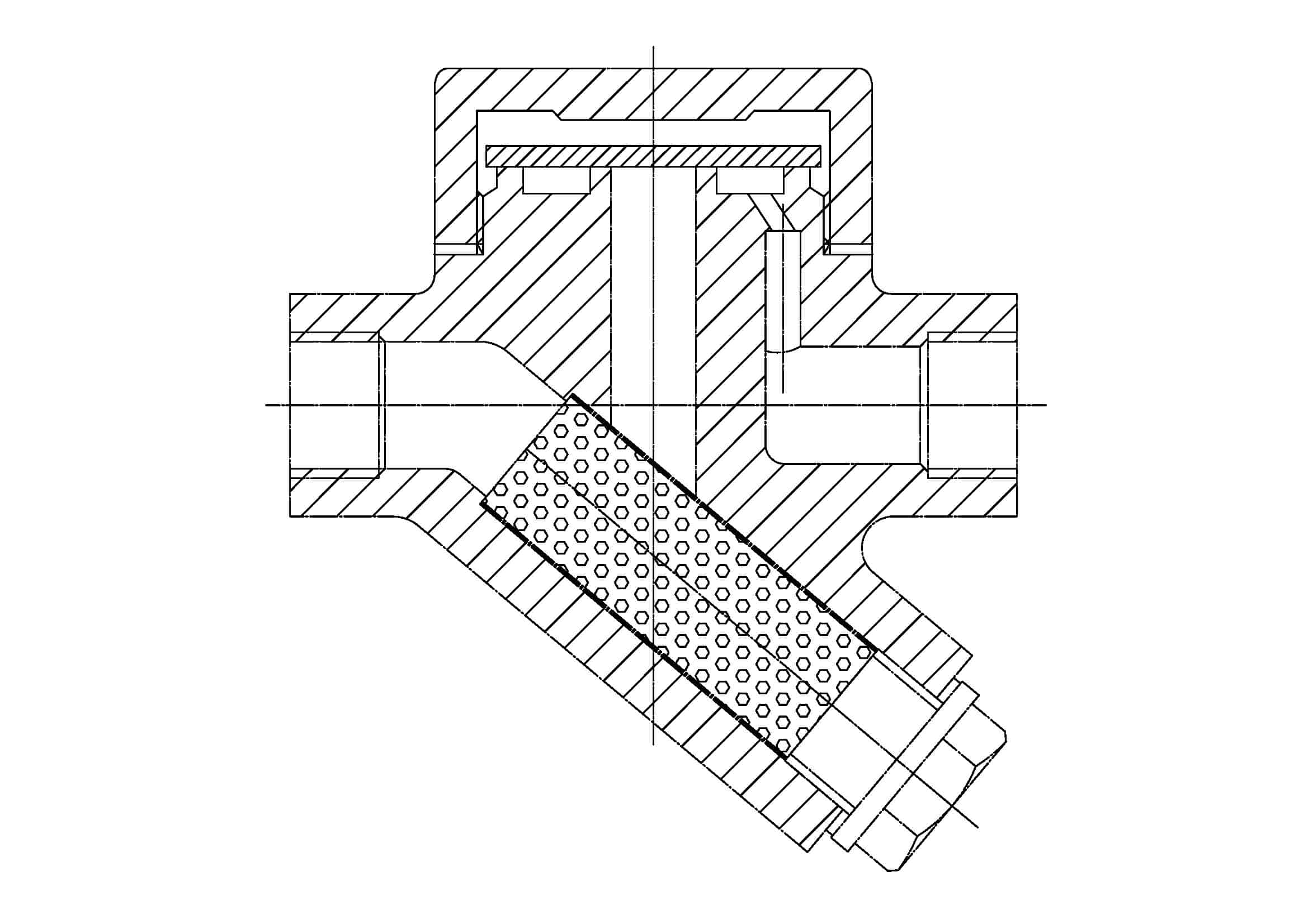ASTM A216 WCB Y Type Strainer,3 Inch,2500LB,Butt Weld End

2500LB ASTM A216 WCB Y Type Filter Supplier in China: ASTM A216 WCB Y Type Strainer,3 Inch, Class 2500 LB, ASME B16.34, Butt Welded End Connection.
Description
Design: ASME B16.34.
Material: ASTM A216 WCB.
Nominal size: 3 Inch.
Nominal pressure: Class 2500 LB.
End Connection: Butt Welded.
Face to face: ASME B16.10.
Test and inspection: API 598.
Product Range:
Body material: Carbon Steel, Stainless Steel, Alloy Steel.
Normal diameter: 1/2 – 48 Inch (DN15 – DN1200).
End connection: BW, Flanged.
Pressure range: 150 – 2500 LB (PN16 – PN420).
Working temperature: -196℃ – +573℃.
| Product Name | ASTM A216 WCB Y Type Strainer,3 Inch,2500LB,Butt Weld End |
| 1. Material | WCB |
| 2. Size | 3” |
| 4. Port | Full Port |
| 5. Working Pressure | 2500LB |
| 6. Connection Ends | BW |
| 7. Working Temp. | -29~425ºC, |
| 8. Suitable Medium | Water, Natural Gas, Oil and some corrosive liquid |
| 9. Operated | / |
| 10. Inspection & Testing | API 598 |
| Shipment | |
| Delivery Time | 30 Days |
| Package | Standard Exporting Plywood Case |
| Shipping Port | Ningbo/Shanghai, China |
| Shipping Terms | Exw, FOB, CFR, CIF, etc. |
| Payment Terms | T/T, Western Union, PayPal, etc. |
| 30% prepayment, 70% balance paid before shipping | |
| Country of Origin | Wenzhou city, China |
| Production Capacity | 6000 ton/year |
| MOQ | 1 PCS/size |
